Small-batch experiments in primitive winemaking. This fruit was allowed to turn itself into wine as it saw fit, without commonplace interventions and corrections. Assembled with centuries old viticultural descriptions in mind, while using modern knowledge of micro-organisms. The results are untraditional, perhaps closer to the gut-rot ancestry may have warmed themselves with.
Current releases:
- 2020 Cabernet Sauvignon-Syrah (Sierra Foothills AVA + Sonoma Mountain AVA)
- 2021 Sangiovese (Palo Alto)
- 2021 Bordeaux Blend (Santa Cruz Mountains AVA)
- 2021 Rosé of Pinot Noir (Sonoma Mountain AVA)
- 2022 Sangiovese (Palo Alto)
- 2022 Bordeaux Blend (Santa Cruz Mountains AVA)
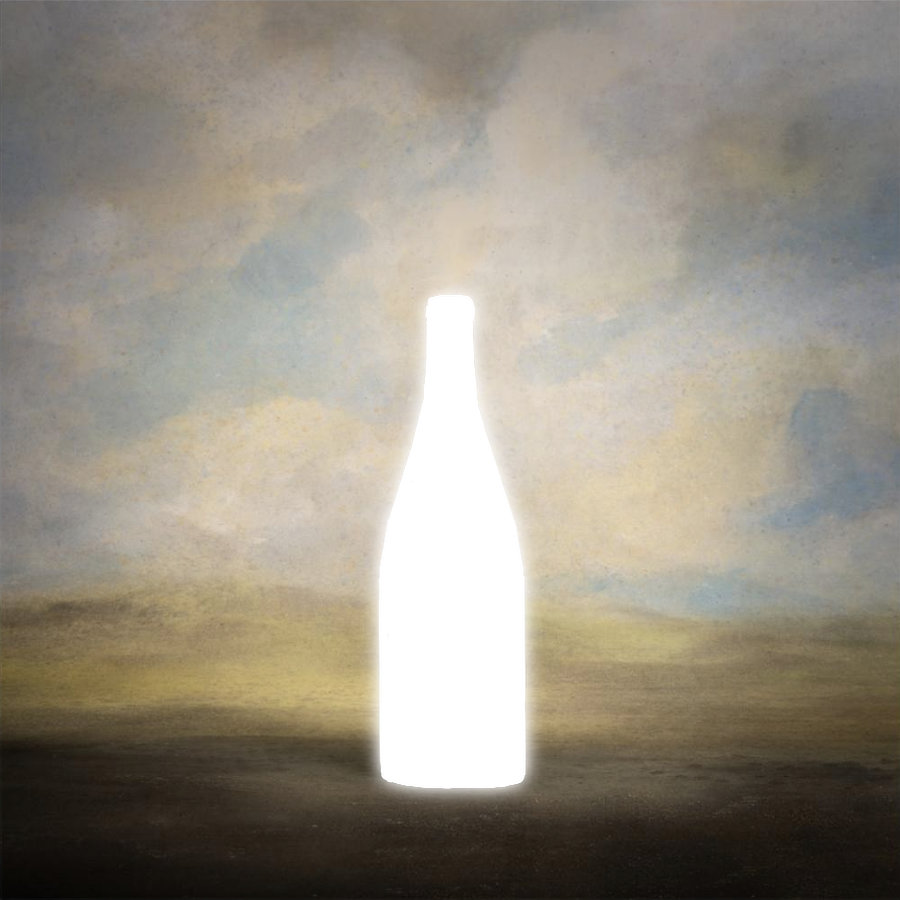
2020 Cabernet Sauvignon-Syrah
51% Cabernet Sauvignon, 49% Syrah. 13.4% ABV.
Viticulture:
- Cabernet Sauvignon from Dobbins, CA (Sierra Foothills AVA). Two acres planted in 1995 and dry farmed organically. Geneva Double Curtain trellising, resulting in the clusters maturing 6ft above the red granitic clay floor.
- Syrah from Glen Ellen, CA (Sonoma Mountain AVA). One-and-a-half acres planted in 1970 on moderate slope, dry farmed with little-to-no canopy management or spraying.
Vinification: 20% destemmed, leaving dry brown stems to steep alongside grapeskins. 15% whole bunch fermentation to increase interaction with terroir and local bacteria. Low temperatures and indigenous yeasts ensured a slow fermentation taking 52 days, with maceration on 80% stems lasting the first 20 days. Malolactic (secondary) fermentation began as the following Spring approached. Racked once off the skins, and again one year prior to splash-bottling.
No additives, filtering, or fining, except 15ppm SO2 at time of bottling to preserve during any brief exposures to moderate temperatures. No oak used in favor of neutral egg-shaped vessel.
Tasting: Tiny spiced mountain berries percolated through iron-rich granite, red clay, and conifer branches. It tastes like a three day hike though the highlands of Yosemite.
Drink 2024 through 2038+.
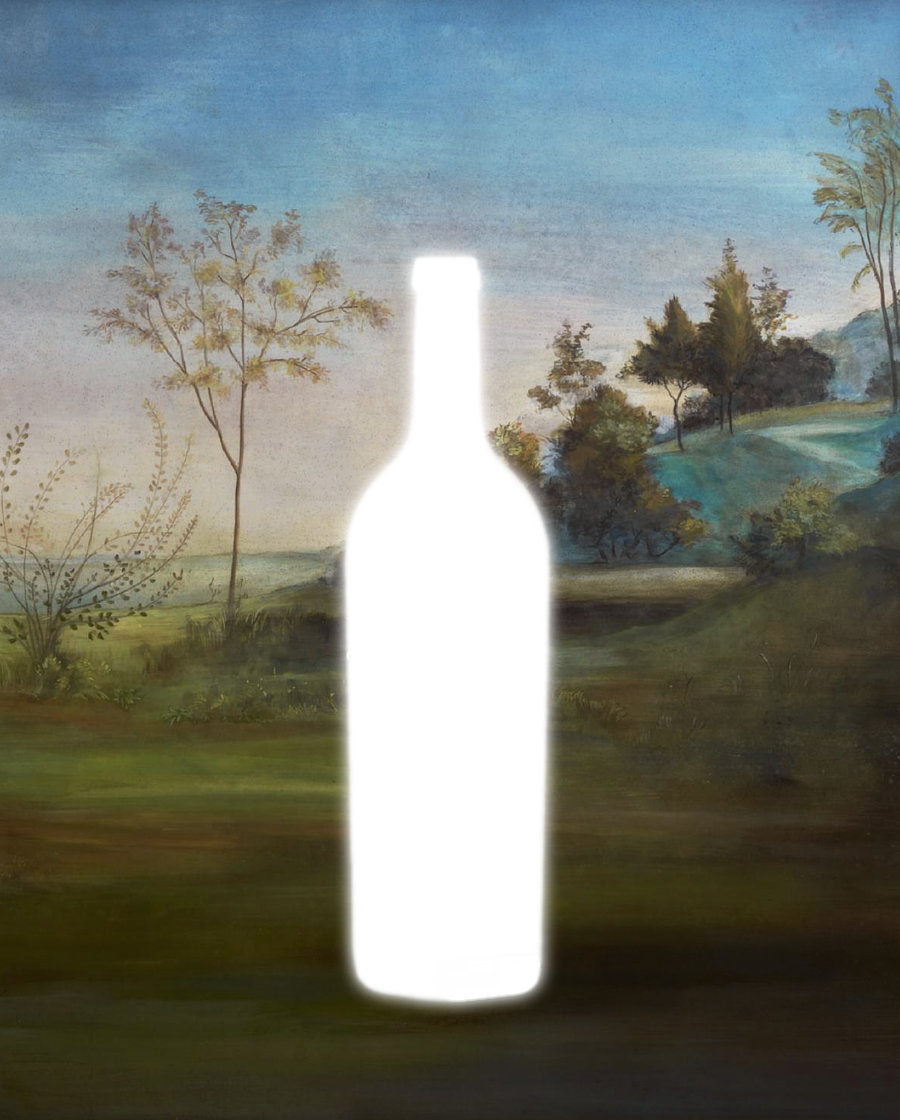
2021 Sangiovese
100% Sangiovese. 11.5% ABV.
Viticulture: Grown in downtown Palo Alto, CA (Santa Clara AVA). These clones of Montalcino Sangiovese were planted in heavy clay late October 2019. Dry farmed with no agricultural -cides, sprays, or nutrient-additives whatsoever.
Vinification: 100% destemmed after two days of maceration. Racked once. Indigenous yeasts and low temperature allowed for a slow, steady fermentation that took 42 days to complete. 2 months in neutral oak, the rest in an inert tank. No additives, filtering, or fining, except 18ppm SO2 at time of bottling.
Tasting: In its extreme youth it isn't far off from a Cherry Coke, with sarsaparilla and Luxardo maraschino cherries. With a few years of age it will perhaps pick up soft old leather, the color of cherry flavor will darken towards black, and autumn forest tones may develop. If there are carbonation notes in the early years, cover and shake the bottle firmly to release.
Drink 2027 through 2036+.
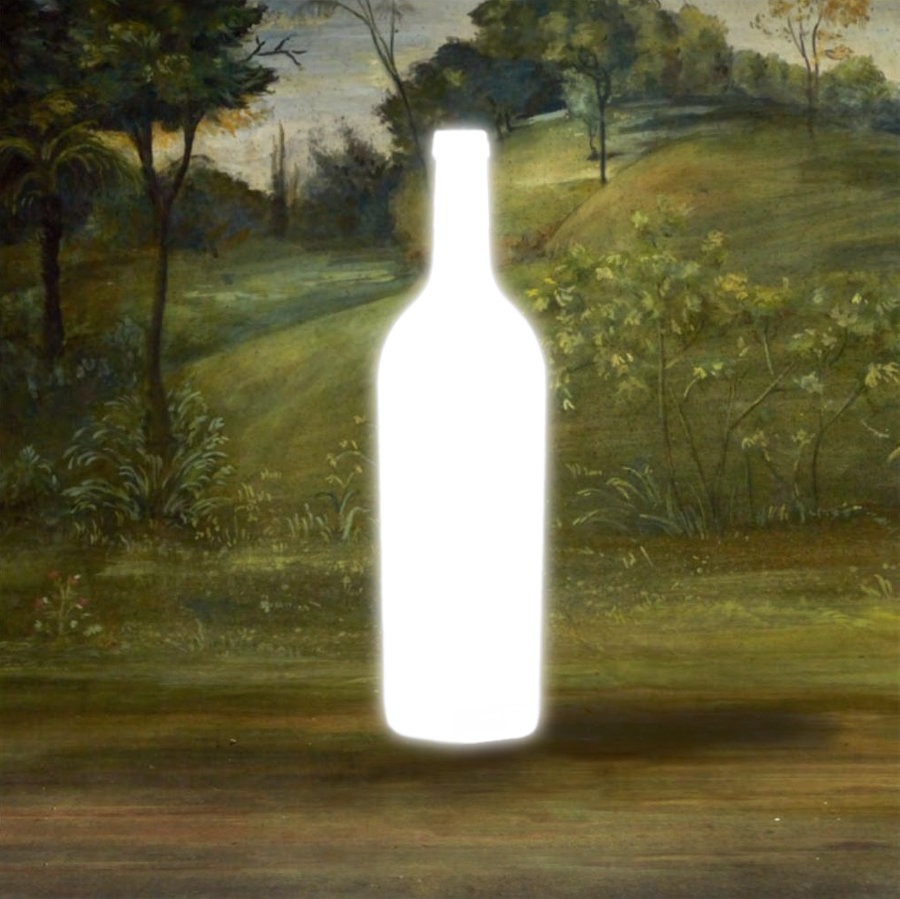
2021 Bordeaux Blend
88% Cabernet Sauvignon, 9% Malbec, 3% Petit Verdot. 13.1% ABV.
Viticulture: Cabernet Sauvignon, Malbec, and Petit Verdot from the mountains of Saratoga, with the addition of Cabernet Sauvignon grown in the floor of Portola Valley. No sprays or fertilizers used. Portola Valley vineyard is irrigated.
Vinification: Field-blended and co-fermented altogether, varietal percentages are approximated. Indigenous yeasts brought a fermentation lasting 82 days to completion without pause, with the first 33 days including maceration. Malolactic (secondary) fermentation began with the arrival of Spring. Racked once off skins during fermentation, and a second time prior to bottling with 18ppm sulfur added for protection. Touch of neutral oak, perhaps so little as to say it is one of the handful of "unoaked" Cabernets in existence.
Tasting: Blackcurrant, black cherries, anise, mint, conifer branches combining alongside a moderate tannic core and bright acidic backbone. A potentially failed experiment with extended plant-matter extraction in place of oaking, and bottled 2-years prior to being "ready" for bottling due. This will require years to work off the primary tones of youth, and won't be ready to begin drinking until 2028 or 2030.
Drink 2028 through 2040+.
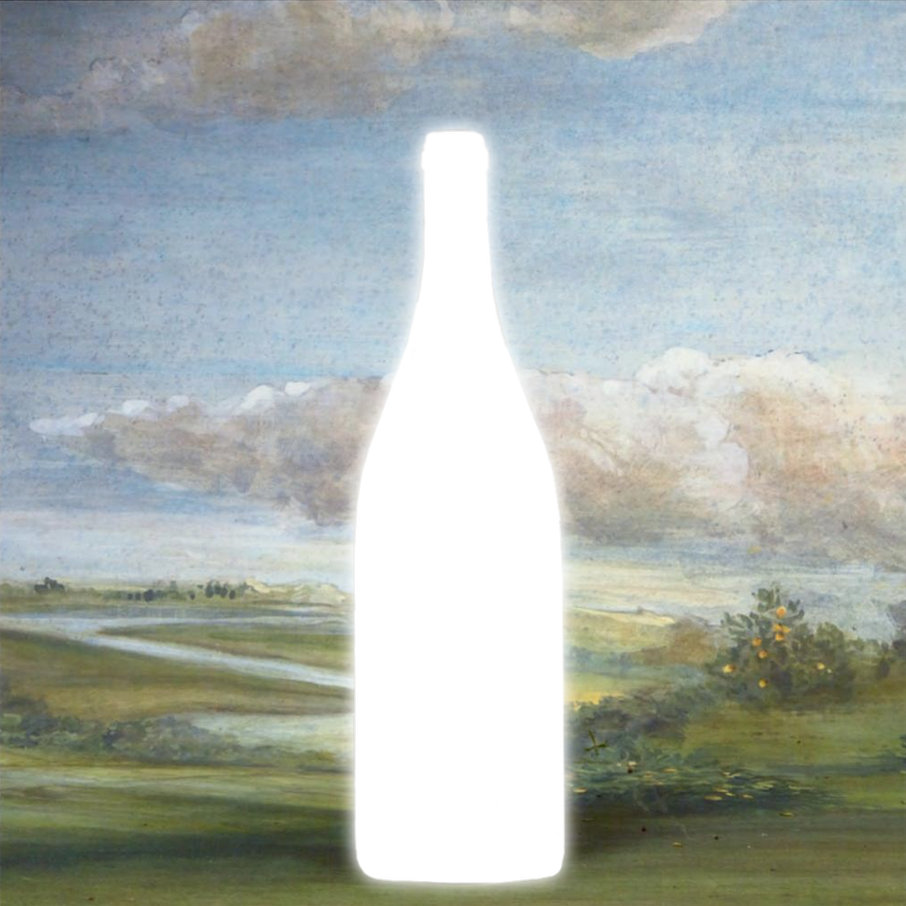
2021 Rosé of Pinot Noir
97% Pinot Noir, 3% Gewürztraminer. 13.9% ABV.
Viticulture: Pinot Noir from Glen Ellen, CA (Sonoma Mountain AVA). Planted in 1970 using Gobelet-style ("Bush") trellising. Nuns fires decimated this vineyard in 2017, leaving just enough vines and grapes to produce 5 gallons of gently-pressed Pinot Noir. An errant ultra-ripe Gewürztraminer vine was found in the midst of the Pinot Noir with just a few clusters safe from hungry bees.
Vinification: Bladder-pressed without any cold maceration or bleeding, the light color comes from the few seconds the juice flowed over the broken grape skins. Spontaneous fermentation from any yeasts floating in the Palo Alto air and washed off the skins. Fermented slow and steady for 76 days in neutral tanks. No racking, bottled directly from fermenter.
Tasting: More serious than some, this softly colored juice is bright with red berries, fleshy melon, and earthy undertones. It will develop complexity and secondary notes over the decade -- no rush to consume. Best served at, or just below, room temperature.
Drink 2022 through 2030+.
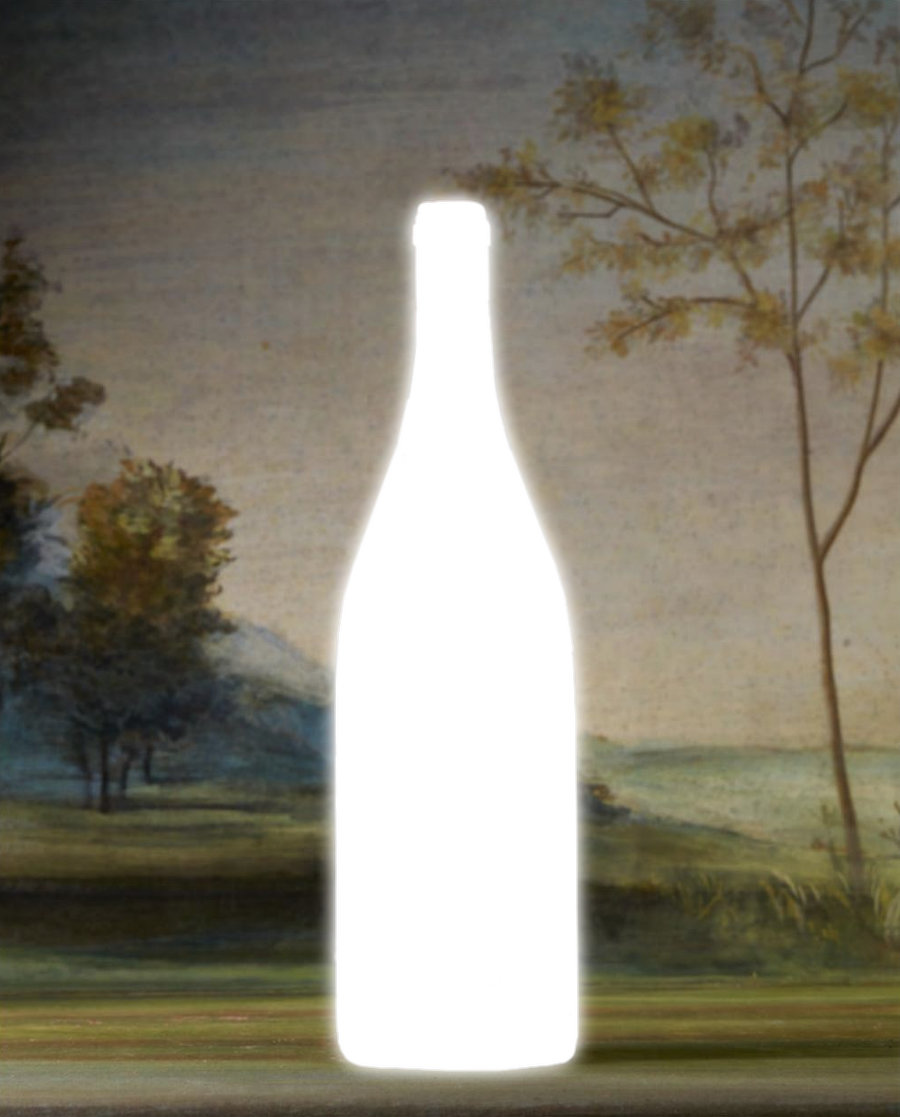
2022 Sangiovese
100% Sangiovese. 13.2% ABV.
Viticulture: Grown in downtown Palo Alto, CA (Santa Clara AVA). These clones of Montalcino Sangiovese were planted in heavy clay late October 2019. Dry farmed with no agricultural -cides, sprays, or nutrient-additives whatsoever.
Vinification: Guided by an observation that Sangiovese is traditionally vinified like Cabernet Sauvignon, yet the light-skinned berries may have more in common with Pinot Noir. Burgundy bottled as a reminder of its elevage. 85% destemmed 15-day maceration inside 40 days of fermentation. 5 months in neutral oak. No additives or filtering. Racked once. Egg-white fining. 20ppm SO2 at time of bottling.
Tasting: Lighter-bodied with dark red fruit, crunchy autumn leaves, dry hay, anise, dark soil.
Drink 2026 through 2036+.
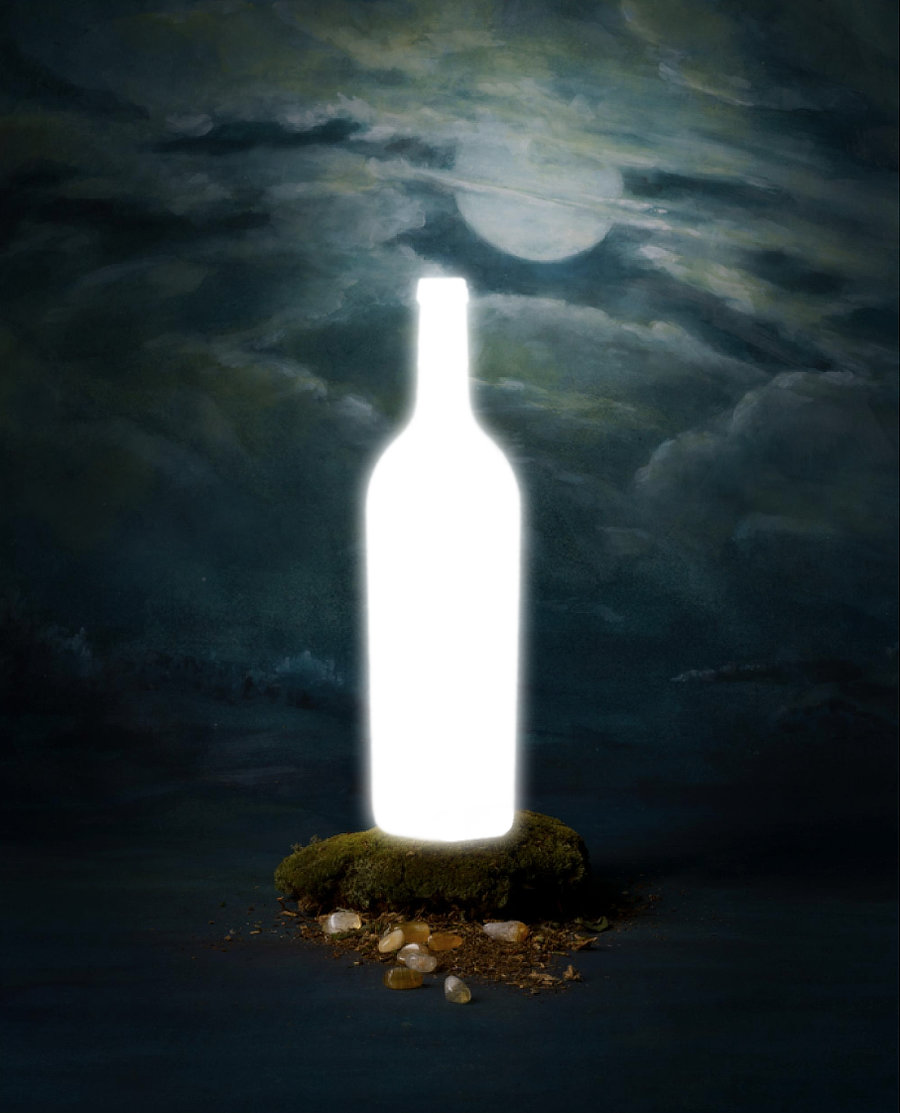
2022 Bordeaux Blend
66% Cabernet Franc, 24% Cabernet Sauvignon, 7% Malbec, 3% Petit Verdot. 13.4% ABV.
Viticulture: Cabernet Franc grown in the floor of Portola Valley, with 35-year-old Cabernet Sauvignon, Malbec, and Petit Verdot from the mountains of Saratoga. No sprays or fertilizers used. Saratoga vineyard is dry-farmed.
Vinification: 100% destemmed, 16 day maceration, and 38 day total fermentation. No additives, fining, or filtering. Five months in neutral oak on gross lees. Racked once and added 20ppm SO2 for protection just prior to bottling.
Tasting: Red and purple berries, medicinal herbs such as anise and juniper, coffee and cigar, wet underbrush, conifer needles. This vintage showing greater elements of that classic vegetal Santa Cruz Mountains terrior.
Drink 2028 through 2040+.